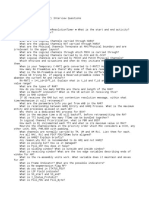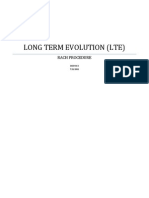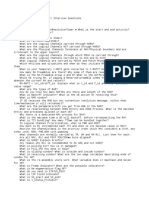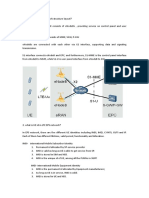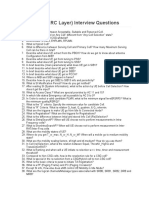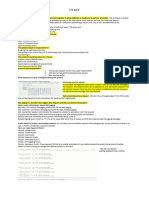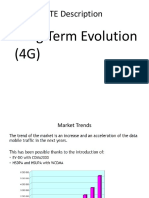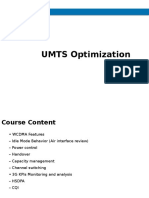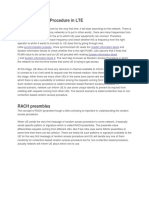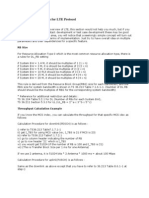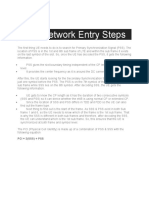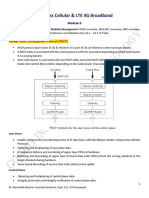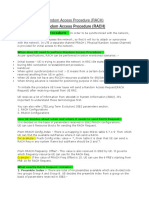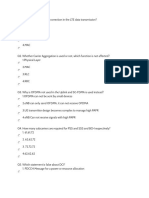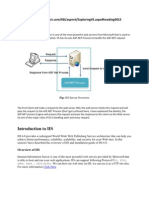0% found this document useful (0 votes)
111 views21 pagesLTE MAC Layer Interview Questions
The document provides a series of interview questions and answers related to the LTE MAC layer, detailing its functions, structure, and processes. Key topics include the role of the MAC layer in mapping and multiplexing channels, handling error correction, and managing priority among user equipment (UE). Additionally, it discusses the Random Access Response (RAR) process and the differences between transport blocks and physical layer code-words.
Uploaded by
Yuvaraj eCopyright
© © All Rights Reserved
We take content rights seriously. If you suspect this is your content, claim it here.
Available Formats
Download as DOCX, PDF, TXT or read online on Scribd
0% found this document useful (0 votes)
111 views21 pagesLTE MAC Layer Interview Questions
The document provides a series of interview questions and answers related to the LTE MAC layer, detailing its functions, structure, and processes. Key topics include the role of the MAC layer in mapping and multiplexing channels, handling error correction, and managing priority among user equipment (UE). Additionally, it discusses the Random Access Response (RAR) process and the differences between transport blocks and physical layer code-words.
Uploaded by
Yuvaraj eCopyright
© © All Rights Reserved
We take content rights seriously. If you suspect this is your content, claim it here.
Available Formats
Download as DOCX, PDF, TXT or read online on Scribd
/ 21

